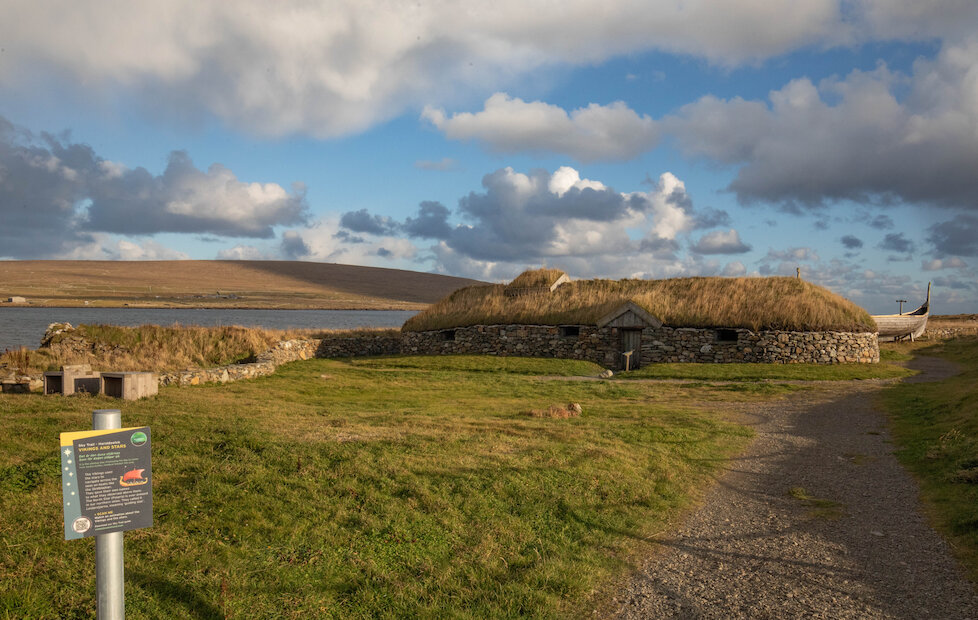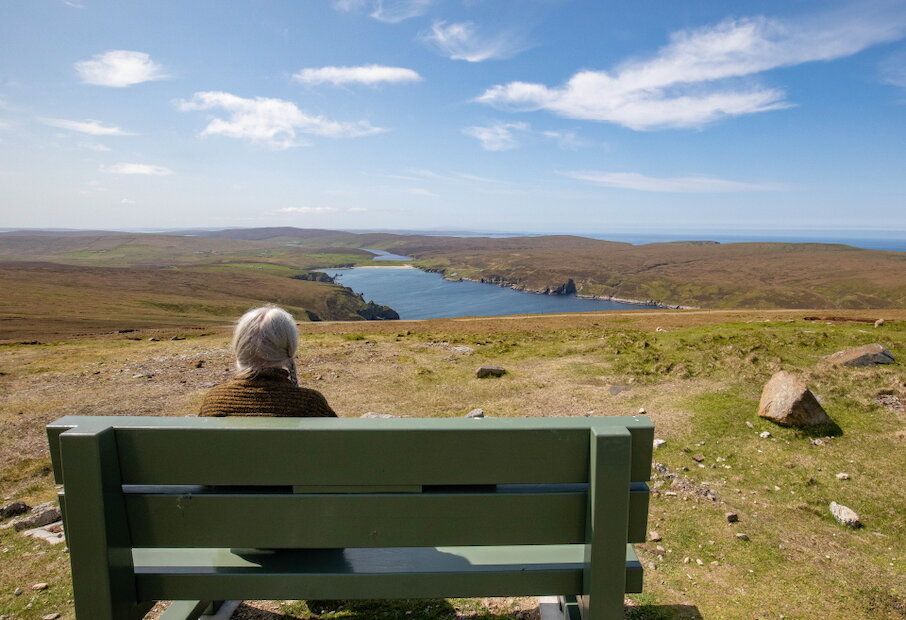As far north as you can go in the UK, Unst can legitimately claim to be the "top" Scottish destination for skywatching.
From the northern tip of the island there is nothing but a vast expanse of ocean between Unst and Arctic Circle – and whatever the season there are always spectacular skies.
Some may argue that those skies come to life most during the winter months. That's understandable.
Unst's dark nights make it an ideal location for marvelling at the Milky Way or, if you are lucky, witnessing one of nature's most spectacular displays – the Northern Lights. While in the summer you can experience stunning cloud formations and the 'simmer dim', when the sun barely dips before rising again.
The magnifence of the skies over Unst is not lost on those who live there, which is why Wild Skies Shetland was formed in 2021. It is a small charity run by volunteeers who want to encourage visitors to the isle to find inspiration in the skies above them.
The group's first event was a photographic exhibition at the Unst Heritage Centre featuring 10 stunning images of the skies. In 2024, it will go on display for the fourth year, still hosted by the heritage centre.
All the photos were taken by Shetland-based photographers, featuring everything from cloudscapes, the Northern Lights (known locally as the Mirrie Dancers), the Milky Way itself and the atmospheric phenomenon known as “Steve” – Strong Thermal Emission Velocity Enhancement.



